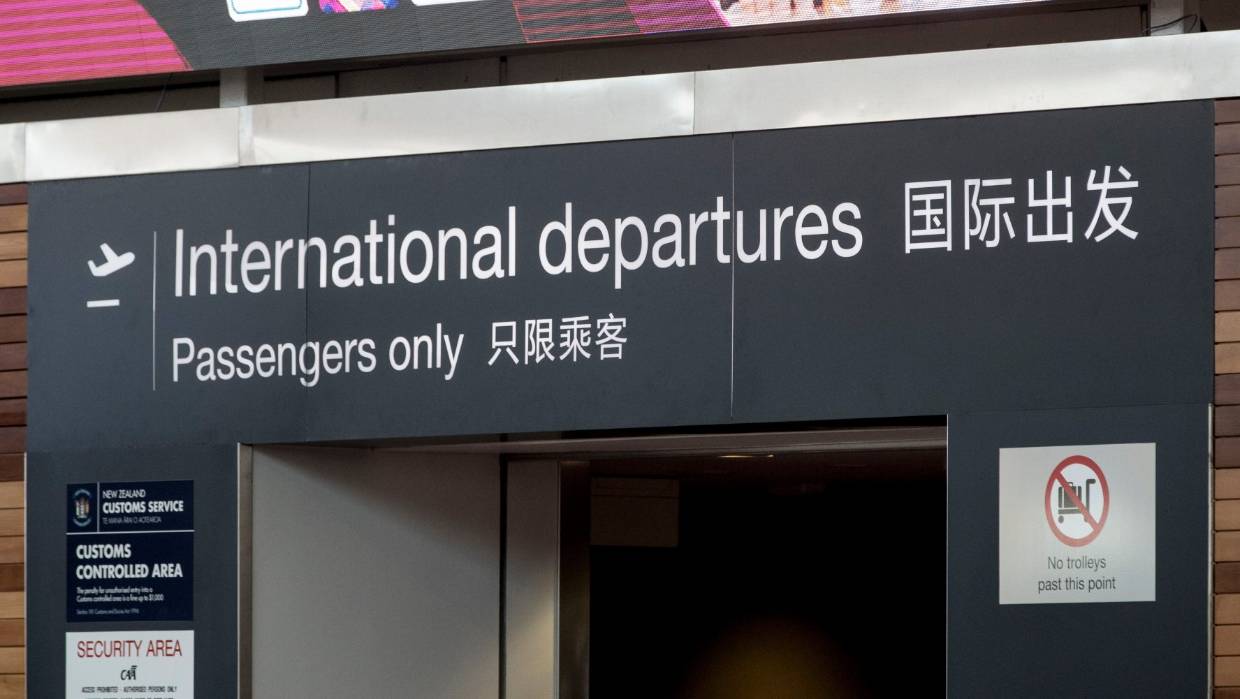No one hesitates at life or beats around the bush in Australia… Everyone walks around with a perpetual smile across their face… Everyone gets around and nobody can ever get you down The Kinks, Australia.
Back in 1969, when the Kinks wrote their paean to the opportunities in the Antipodes, the Great British Emigration was in full swing. Nearly two million Ten Pound Poms migrated to Australia and New Zealand between 1945 and 1982. Even after the scheme ended, Neighbours and Home and Away kept alive the British dream that Australia was the sunny land of opportunity.
Changing government policy and world affairs made Australia a lodestone for South-East Asian migration in the 1980s and 90s. Then it was India’s turn.
But has the Covid pandemic — or, more correctly, government Covid policies — killed not just the Australian self-image, but Australia’s attraction to foreign migrants?
The latest population data from the Australian Bureau of Statistics shows more people were heading overseas than people arriving – and droves of current residents were flocking to Queensland.
Australia’s population increased by 0.3% over the 12 months to September 2021 and although it was a slightly higher rate of growth than recent quarters, the pandemic has greatly reduced the rate of population growth.
Over the September quarter, 19,942 more residents moved overseas than people from overseas migrated to Australia, while over the past 12 months, 67,268 more residents moved overseas than migrated here from abroad.
You’d think, of course, that “closed borders” would mean no migrants. But, as government reports quietly admitted, this was very far from the case. Even as thousands of Australians remained locked out and prevented from returning home, the government still flew in some 50,000 migrants, most of them on the “family reunion” scheme. Still, that was far below previous annual levels.
Now, it appears, a great many migrants are deciding that they’ve been dudded.
But Covid didn’t just slash overseas migration. During the pandemic, pundits were apt to blather about a “Covid Baby Boom”, as couples whiled away the time in lockdown.
Once again, “expert modelling” proved to be way short of the mark.
Overseas migration isn’t the only source of population growth. Natural increase (births minus deaths) also contributes, and there was a lift of 31,998 persons over the September quarter and 136,185 persons over the year.
realestate.com.au
That’s less than half the annual number of births over the last 15 years. In fact, the last time birth numbers were that low was in the late 1940s when Australia’s total population was barely 10 million. A similar “Covid Baby Bust” is being reported in many places around the world.
But it’s not just that people are fleeing Australia for overseas. Internally, as well, people are on the move. As reported by the BFD earlier, the exodus from Melbourne is so great that moving companies are having to buy new fleets of vans to cope.
The story gets more complicated here, though. Like most, I put the mass exodus from Victoria down to “Dictator Dan” and the most locked-down city in the world. Yet NSW, with much less severe restrictions, has seen the largest exodus on record. The only states to record an increase were the supposedly “hard border” states, Queensland and WA.
So, it may be simple economics at play. WA’s mining boom continues, thanks entirely to that state’s slavish reliance on China. Queensland also has a strong resources sector, and is hiring public servants faster than they can pay for them — but who cares, when powerful public-sector unions can keep Plucka in office?
Significantly, Victoria’s population loss is the highest since the 1990s, when the state’s economy collapsed under the weight of years of Labor government ineptitude.
The other great internal demographic shift is city dwellers fleeing to the country. The rise of the “Laptop Class” means that tens of thousands of white collar workers are flooding into country towns. Not only is this exacerbating the existing housing crisis in the regions, but it’s igniting a slow-burn social fuse.
Will these “tree changers” adapt to conservative rural ways — or force their “progressive” inner-city mores on country people?
Three guesses.

